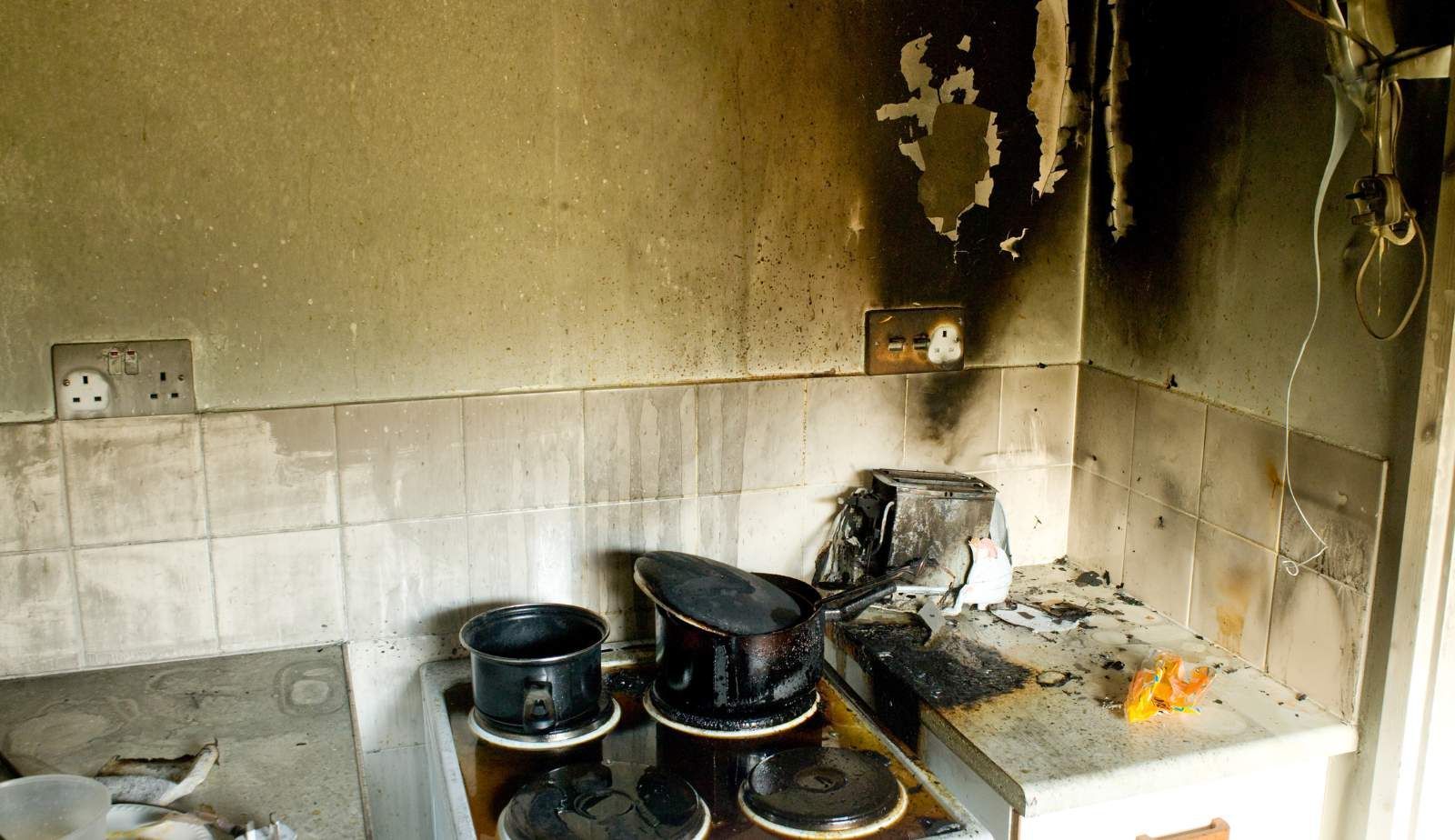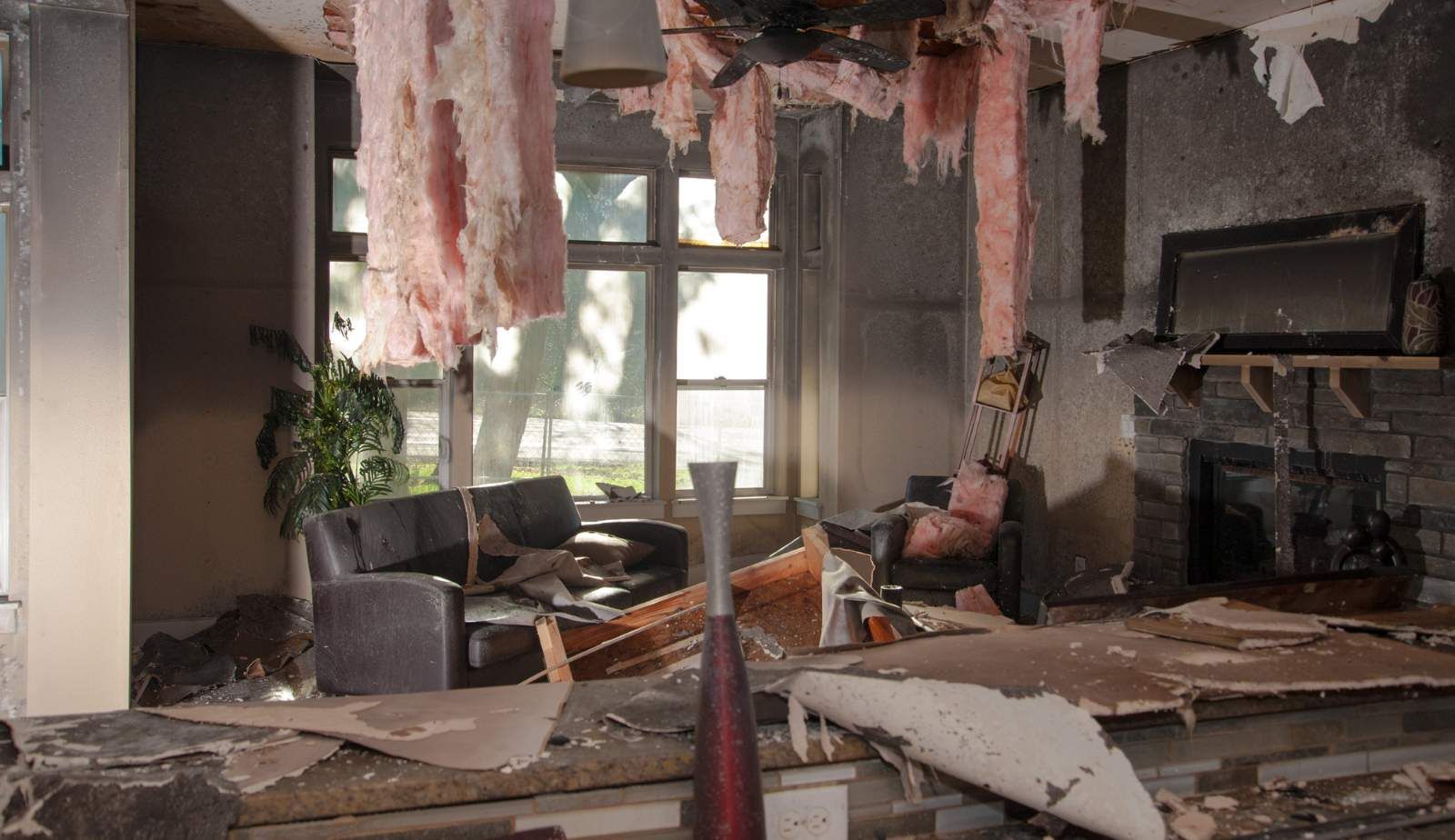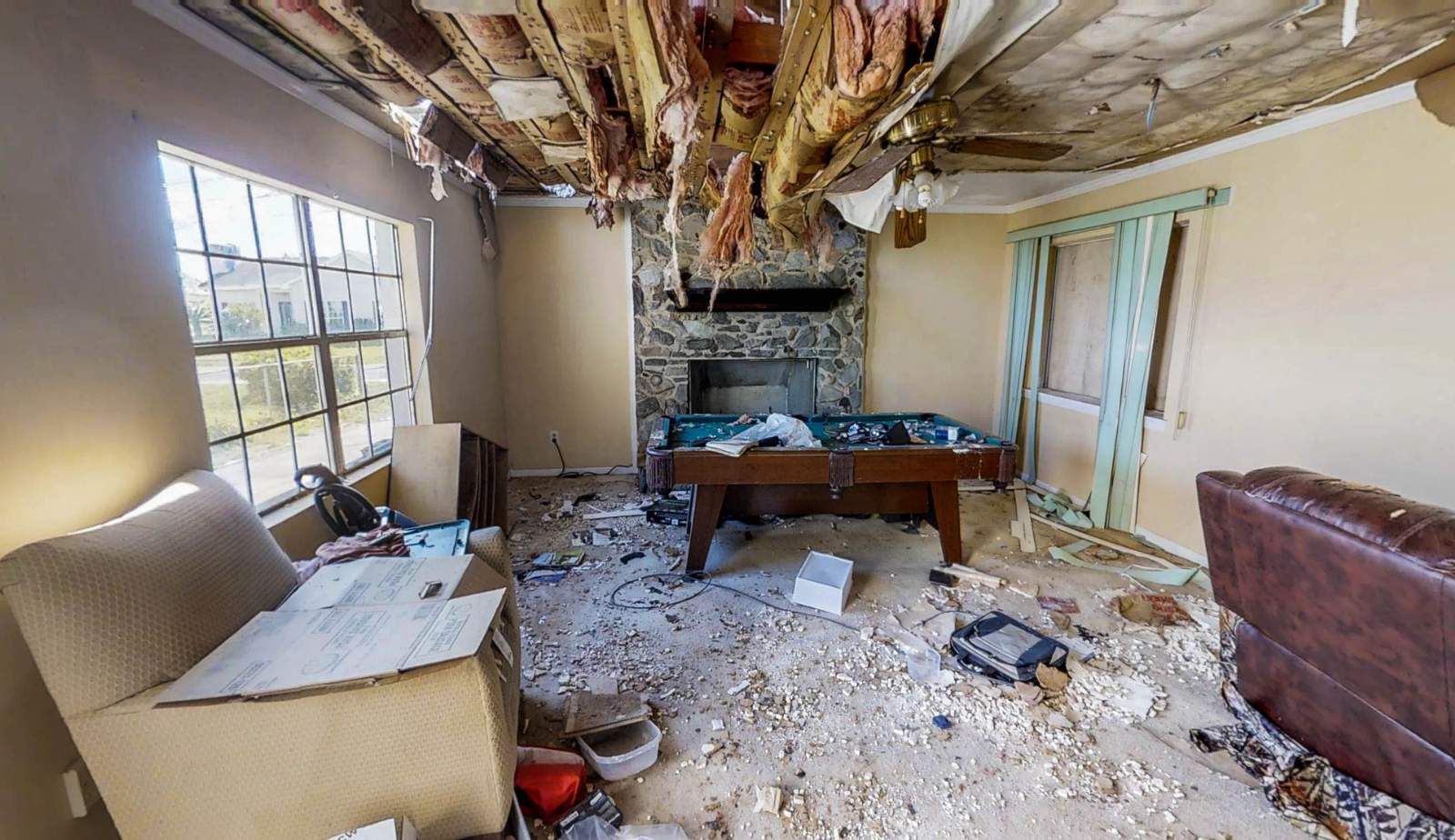The Emotional Impact of Fire Damage: Essential Support and Resources for Louisiana Homeowners
Experiencing a house fire can be an overwhelming and devastating event for any homeowner. The emotional scars left in the wake of such a disaster often extend beyond the physical damage, leading to a complex range of psychological reactions. It is crucial for Louisiana homeowners to acknowledge these emotional impacts and seek appropriate support and resources to aid in their recovery.
In addition to the immediate loss of property, individuals may face feelings of shock, anger, and hopelessness as they navigate the aftermath of fire damage. Support systems, including counseling services and community resources, can play a vital role in helping victims cope with their feelings. Alongside emotional support, practical restoration advice from experts like Drymax can provide homeowners with effective strategies to rebuild both their homes and their lives.
Understanding the emotional impact of fire damage is an essential step in the recovery process. Those affected are encouraged to prioritize their well-being and utilize available resources to ensure comprehensive healing.
Understanding the Psychological Effects of a House Fire
Experiencing a house fire can lead to significant emotional challenges. Individuals may encounter an array of feelings that can affect their mental health both immediately and in the long term.
Initial Emotional Reactions to Fire Damage
Immediately following a house fire, individuals often experience shock, which can manifest as disbelief or a sense of numbness. This reaction is a natural defense mechanism, helping people cope with the initial trauma.
As the shock starts to fade, various emotional responses may surface. Common feelings include anger, fear, and guilt. Angry feelings may stem from the loss of control over one’s living situation. Fear often revolves around safety concerns and uncertainty about the future. Guilt may arise from feelings that one could have done something to prevent the fire.
Another prevalent reaction is emotional distress, which can lead to symptoms of anxiety and physical manifestations like sleep disturbances. Recognizing these feelings as normal responses is crucial for seeking appropriate support.
Long-Term Psychological Effects
The aftermath of a house fire can result in lasting psychological challenges. Many individuals face persistent feelings of depression and anxiety, impacting daily functioning. The adjustment process can be complicated, leading to feelings of hopelessness.
Some people may develop post-traumatic stress disorder (PTSD), characterized by flashbacks, nightmares, or severe anxiety related to the traumatic event. Emotional triggers, such as smoke or fire-related sounds, can evoke intense responses even long after the occurrence.
Rebuilding a sense of normalcy is essential. Engaging in support groups, counseling, or local resources can aid recovery. Seeking help helps individuals understand that their reactions are valid, allowing for healthier coping mechanisms to emerge.
The Importance of Emotional Support
Emotional support plays a crucial role in the recovery process after a fire. Individuals affected by such trauma need safe spaces and strong community connections to facilitate healing and rebuild their lives.
Creating a Safe Space for Emotional Healing
Establishing a safe space is vital for those recovering from the emotional toll of a house fire. This environment allows individuals to process their feelings without judgment. Creating such a space can involve physical elements, like a cozy area in the home or designated safe zones in community centers.
Mental health professionals often recommend setting aside time for reflection and emotional processing. Journaling and guided imagery can assist in expressing thoughts and feelings. Additionally, the American Red Cross provides resources that help create these environments, offering comfort and practical support during recovery.

Role of Support Groups and Community
Support groups significantly aid emotional recovery. They provide a platform for sharing experiences and validating feelings among peers who understand the trauma associated with fire damage. Local organizations or online groups can connect individuals with shared experiences.
Community support networks enhance resilience. Many communities in Louisiana have initiatives to foster connection among neighbors. These include workshops, communal gatherings, and outreach programs. Collaborative efforts by volunteers can also unite homeowners, thereby reinforcing emotional well-being.
Engagement with support groups and community resources facilitates a sense of belonging and empowerment. With the right assistance, individuals can navigate their emotions better and focus on the path to recovery.
Navigating the Process of Loss and Recovery
Experiencing the loss of a home and belongings due to fire can be profoundly disorienting. The emotional upheaval often leads to feelings of hopelessness. Recognizing effective coping strategies and building resilience are crucial for recovery.
Coping with the Loss of Home and Belongings
Loss can create a deep sense of grief, akin to mourning a loved one. Affected individuals may experience a range of emotions, including sadness, anger, and confusion. These feelings are completely normal and should be acknowledged.
Support Systems: Building a network of support is vital. Friends, family, and community organizations can provide emotional and practical assistance.
Professional Help: Seeking help from mental health professionals can guide homeowners through the emotional turmoil. Therapy can offer coping strategies tailored to individual needs.
Strategies for Healing and Rebuilding
Rebuilding takes time and requires both practical and emotional tools. Establishing a plan for recovery can instill a sense of control amid chaos.
Create a Step-by-Step Plan: Outline priorities like assessing damage, communicating with insurance, and organizing temporary housing. Breaking down tasks can simplify the overwhelming process.
Engage in Self-Care: Regularly practicing self-care can foster resilience. This might include physical activity, mindfulness practices, or engaging in hobbies.
Community Resources: Local organizations, including the Disaster Distress Helpline, offer resources for emotional support. They provide 24/7 assistance for those navigating these challenges.
By embracing coping strategies and leaning on support systems, individuals can start to rebuild both their homes and their lives.
Practical Steps for Restoration and Moving Forward
Navigating the aftermath of a house fire or wildfire requires both practical restoration efforts and emotional support. Homeowners need to focus on immediate physical recovery while also finding the right resources to aid in their emotional healing.
Beginning the Physical Restoration
The first step in physical restoration is to ensure safety. Homeowners should not enter their property until it has been deemed structurally sound by professionals. Once cleared, identification of damaged areas, including walls, floors, and roofing, is essential.
Next, homeowners should remove debris and salvageable items. It's advisable to take photographs for insurance claims, documenting the extent of damage. Engaging a professional restoration service like Drymax can accelerate recovery, as they have expertise in fire damage cleanup and repairs. Their services often include smoke damage remediation, structural repairs, and restoration of personal belongings.
Resources for Homeowners Affected by Wildfires
In Louisiana, various resources can assist homeowners impacted by wildfires. Local government websites often provide lists of support services available in the community.
Organizations such as the American Red Cross offer emergency assistance, including temporary housing, food, and counseling services. Mental health resources, like local therapy centers or support groups, are also crucial for emotional recovery after a traumatic event.
For practical advice, homeowners can consult online resources and forums dedicated to wildfire recovery. These platforms often share experiences and tips from those who have successfully navigated similar challenges. Engaging with these resources can foster a sense of community and provide valuable insights into the restoration process.

The Role of Self-Care in Trauma Recovery
Self-care plays a crucial role in the recovery process after experiencing a fire. It involves implementing strategies that nurture mental well-being and promote a sense of control during a chaotic time. Proper self-care can aid emotional recovery and significantly impact how individuals process trauma.
Developing Self-Care Strategies
Creating personalized self-care strategies is vital for individuals recovering from a fire. This may include setting aside time for relaxation and reflection, journaling thoughts and emotions, or practicing mindfulness techniques.
Daily routines should incorporate small, achievable goals to foster a sense of accomplishment. Engaging in hobbies can also provide a distraction from stressors.
Additionally, reaching out to friends or support groups facilitates connection and understanding. These strategies not only help manage anxiety but also empower individuals to take charge of their recovery journey.
Mental Well-Being Through Nutrition and Activity
Nutrition and physical activity significantly influence mental well-being. A balanced diet enriched with fruits, vegetables, whole grains, and lean proteins can enhance mood and energy levels. It is essential to minimize processed foods and sugars, which can negatively affect emotional health.
Regular physical activity, even in small doses, promotes the release of endorphins. Activities like walking, yoga, or stretching can alleviate stress and improve overall mood.
Encouraging hydration is also important. Drinking adequate water supports cognitive function and emotional balance. These nutritional and activity-based approaches form a holistic foundation for recovery, contributing to a more resilient mindset post-trauma.
Seeking Professional Help for Mental Health
Experiencing a house fire can lead to significant emotional distress. Understanding when to seek professional help is crucial for effective recovery. Many mental health professionals can assist individuals through trauma recovery and emotional challenges.
When to Consult Mental Health Professionals
Homeowners should consider consulting a mental health professional if feelings of anxiety, depression, or heightened stress persist for weeks after the fire. Symptoms may include difficulties sleeping, irritability, or detachment from loved ones.
It is important to be aware of signs such as intrusive thoughts about the traumatic event or persistent feelings of sadness.
Seeking help can provide vital emotional support, offering tools for coping and processing feelings related to trauma.
Support is available through resources like the Disaster Distress Helpline where trained counselors provide 24/7 assistance. Prompt action can foster resilience and aid in the recovery journey.
Fostering Hope and Resilience in the Community
Community plays a vital role in fostering hope and resilience, especially after devastating events like house fires. By encouraging positive role models and implementing effective strategies, communities can support their members in managing stress and rebuilding their lives.
Becoming a Positive Role Model
Positive role models are essential in inspiring individuals to cope with the emotional aftermath of a fire. They demonstrate strength and resilience through their actions and words. By sharing personal stories of recovery, these individuals create an environment where others feel encouraged to express their feelings and seek support.
To cultivate this role, community leaders and individuals can engage in public speaking, volunteer for support groups, or assist neighbors in recovery efforts. Support groups can also provide a forum for sharing experiences, which helps in normalizing emotional responses.
Recognizing and celebrating small victories, such as attending counseling or participating in community events, can further motivate others to remain hopeful. When role models actively participate in recovery efforts, it reinforces a shared commitment to rebuilding and encourages a network of support.
Community Strategies to Manage Stress and Rebuild
To manage stress effectively, communities can implement various strategies that promote emotional well-being. Establishing community centers focused on mental health can provide safe spaces for residents to gather, share experiences, and receive professional support.
Organizing workshops on stress management techniques, such as mindfulness, meditation, and physical activity, can significantly benefit community members. These programs teach relaxation and coping skills that can reduce anxiety and promote resilience among individuals affected by fire.
Community support initiatives, such as meal programs and home restoration efforts, can also alleviate some of the burden residents face. Collaborative projects not only meet immediate needs but also foster social connections that can lead to lasting supportive relationships. Through these actions, the community comes together, reinforcing a shared sense of purpose and hope for the future.

Frequently Asked Questions
The emotional aftermath of a house fire can be profound, affecting individuals in various ways. This section addresses common inquiries regarding coping mechanisms, available resources, and the typical psychological challenges faced by those affected by such traumatic events.
How can individuals cope with the emotional aftermath of a house fire?
Coping with the emotional impact of a house fire requires time and support. Individuals may find it helpful to engage in open conversations with friends and family. Joining support groups can provide a sense of community and shared experience.
What resources are available to assist with the psychological impact of fire damage on homeowners?
There are several resources available for those dealing with the psychological effects of fire damage. Mental health professionals can offer therapy tailored to trauma recovery. Additionally, organizations such as the Red Cross provide counseling services specifically for disaster survivors.
What are common psychological distresses faced by survivors of residential fires?
Survivors often experience a range of psychological distresses, including anxiety, depression, and post-traumatic stress disorder (PTSD). Feelings of loss and grief can emerge, particularly when cherished belongings or homes are lost.
How can homeowners without insurance find help after a house fire?
Homeowners without insurance can seek assistance through local non-profits and community organizations. Many agencies provide financial aid or access to resources aimed at recovery. It may be beneficial to reach out to local disaster relief services for specific guidance.
What steps should be taken to recover emotionally from the trauma of a house fire?
To recover emotionally, individuals should focus on gradual healing. Creating a safety plan and establishing a new routine can foster a sense of control. Practicing self-care through activities like exercise and mindfulness can also support emotional well-being.
What government or organizational support exists for victims of house fires?
Various governmental and non-governmental organizations offer support for fire victims. Programs such as FEMA provide financial assistance for those displaced. Local fire departments also often have resources aimed at helping families recover and rebuild after a fire.
You might also like
DryMax Restoration Blogs




